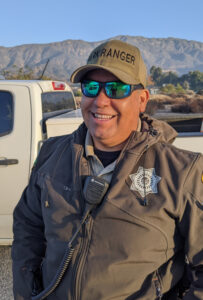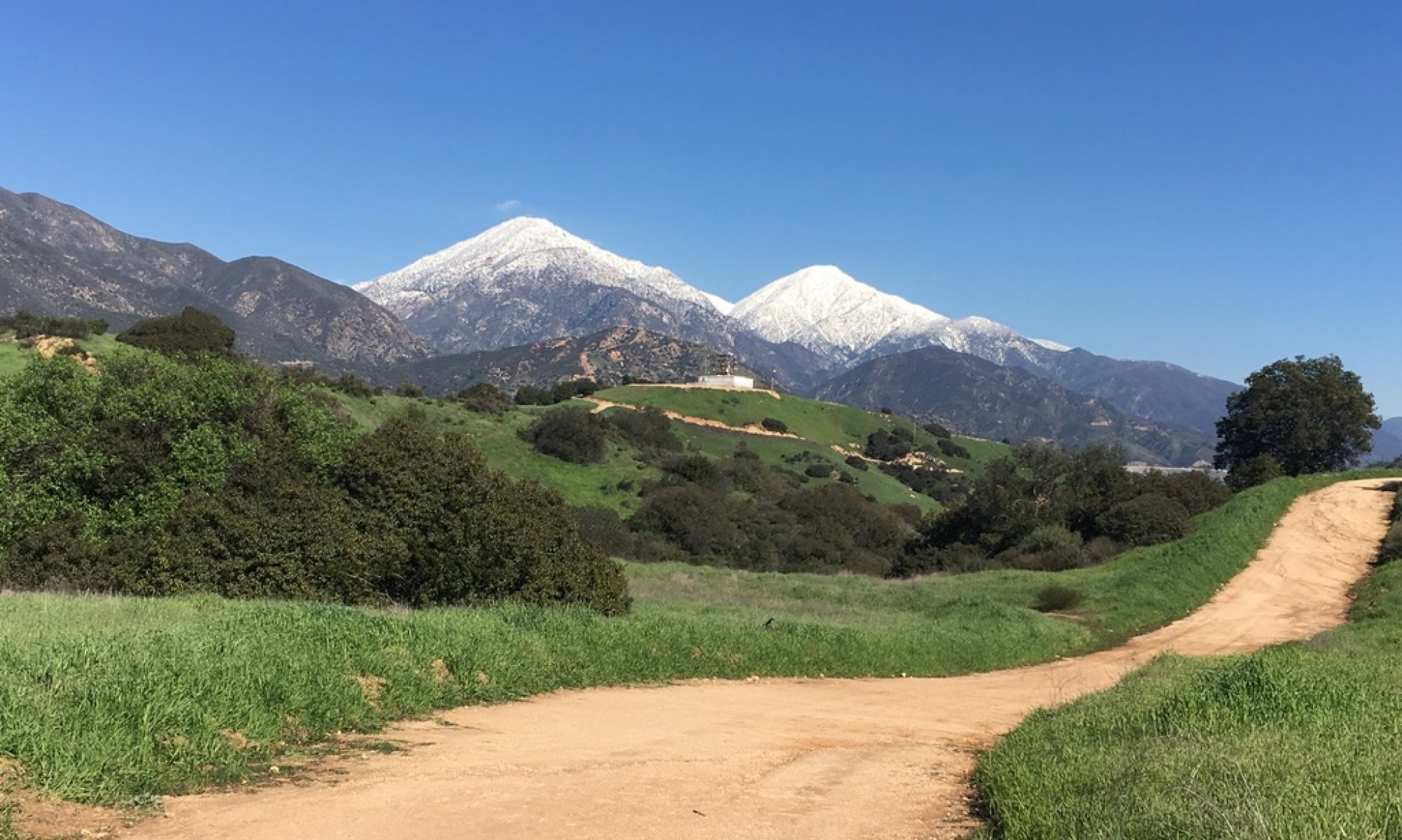![]()

CWC Board Member John Norvell met Senior Wilderness Park ranger Jaime Torres at the Mills Ave. Park entrance and chatted about the COVID-19 pandemic and its impact on the Park and its visitors. Jaime has been a CHWP ranger for eight years, senior ranger for five.
JN: What are the aspects of being a ranger here in this park that you like the best?
JT: I think the interaction with people. We encounter so many different people every weekend that I’m out here. So I think the interaction with people and that’s really what makes this very good.
JN: What would you say have been the most challenging aspects of being a ranger in the CHWP during the COVID-19 pandemic?
JT: I think the most challenging would have to be the enforcement of certain rules that apply to the pandemic only: mask use, one-way trail hiking. You know, I think those are the greatest challenges. Having to enforce the mask rule was a real challenge for the rangers, having to stand at the front gate was a real challenge. But with that said, the cooperation that we got from the visitors was probably 90% or thereabouts, and that was pretty impressive to see.
JN: Yeah that’s more than lots of places.
JT: That’s more than lots of places and with minimal resistance. We didn’t have to get the police involved. We didn’t have to get any other groups involved and it was basically just the rangers. We’re able to communicate with people and just asking them to please abide by this rule. And we got very good cooperation, but it was very challenging to do that.
JN: What would you say the park meant to people when it reopened, because it reopened with those rules fairly early on, right?
JT: Yes. So I think with the Park being open, what that meant to people was the freedom to go out and explore. You know, a lot of other places were still closed. Most gyms at that time were still closed, other facilities were closed, so that’s what that meant to people, in my opinion: the ability to be able to get out of their houses and frequent the place where they can come out and do some exercise. So the City having this park open as a resource to these people who were stuck at their houses, it was huge. And I think that’s also part of the reason why they were so compliant to our requests to come out here and keep their distance from other people, one-way trekking, put your mask on—I think they understood that as long as they followed these rules, the park would remain open, which is a lot of help to us.
JN: Can you think of a specific example of somebody having a really good experience in the Park during the pandemic?
JT: Yeah, I think what I noticed is the people that had medical conditions, those people came to us and said, hey, thank you for being out here. We really appreciate you guys doing this. And they would disclose that they would have a certain medical condition and that they were concerned about being out here. So us rangers being out here and enforcing those rules, it really provided them a sense of, not necessarily security, but they felt better about being out here knowing that we were trying enforce the rules.
During those times, we experienced high numbers of visitors. A lot of the rangers, we spend most of our time educating people. During those times, we also had a lot of new visitors that were never familiar with the Park, or the rules of the Park, you know, stay on the marked trail, and so on. Don’t go off trail, dogs have to be on leash. So, we know there have been a lot of new visitors. They were not aware of the rules of the Park. So we also spent a lot of time enforcing not only the mask rules but also the regular, everyday rules. We still catch a lot of people that are going off trail. We still catch a lot of bikers that are, you know, doing damage to the trail. And I think that’s going to be an ongoing occurrence as long as the Park remains open.
